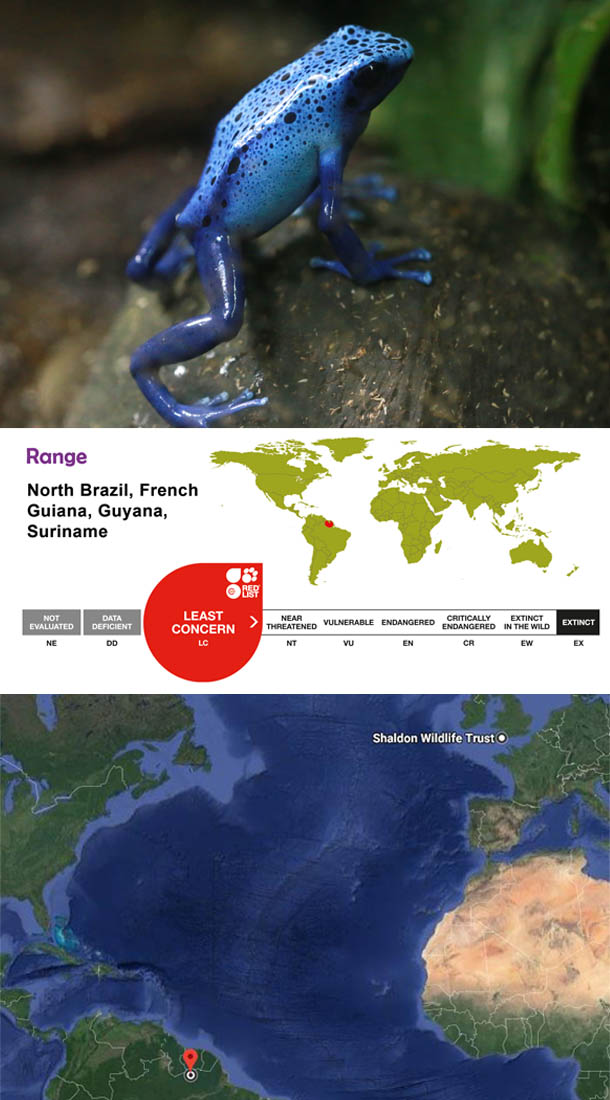Yellow-footed tortoise
Chelonoidis denticulata
The Yellow-footed tortoise is also called the Yellow-foot or Yellow-legged tortoise, the Brazilian giant tortoise, or South American forest tortoise, as well as local names such as morrocoy, woyamou or wayamo.
Habitat & threats
They are found in drier forest areas, grasslands, and the savannah, or rainforest belts adjoining more open habitats. As with many other turtles and tortoises, they are often hunted for food.
Diet
In the wild their diets consist of grasses, fallen fruit, carrion, plants, bones, mushrooms, excrement, and slow-moving invertebrates such as snails, worms, and others they are able to capture.
Breeding and social dynamics
As with most tortoise species they are solitary and come together to mate. Male tortoises are known to swing their heads back and forth in a continuous rhythm as a mating ritual, they will also battle with each other to win a female. There is no parental care from either parent once the female lays her 6-12 eggs in a shallow nest in the ground. When the young hatch the baby tortoises will fend for themselves, starting by eating calcium-rich plant matter.
Conservation
This species is protected under the Convention on International Trade in Endangered Species, Appendix II.
Blue dart frog
Dendrobates tinctorius "azureus"
Blue dart frogs are active during the day and can be found hiding amongst rocks and debris near streams and among leaf litter on the forest floors.
Habitat and threats
Found in the humid forest surrounded by the Sipaliwini savanna, often near water such as streams. They are still taken for the exotic pet trade and are at risk fro water pollution.
Diet
They hunt for tiny live insects amongst the trees and plants of the rainforest.
Social dynamics and breeding
Males sit on a rock or log and produce a loud call to attract a female. They always lay eggs near water where the males fertilise and guards the eggs until they develop into tadpoles. The males then carry the tadpoles to the water to allow them to develop into frogs.



